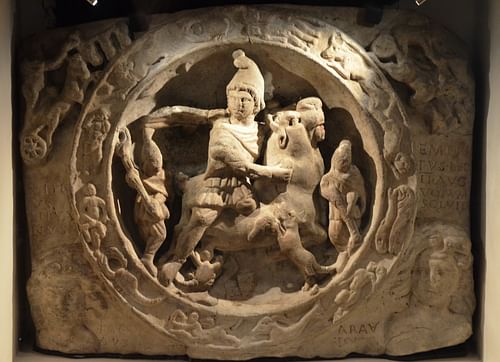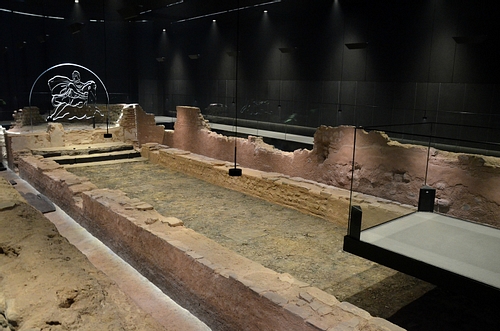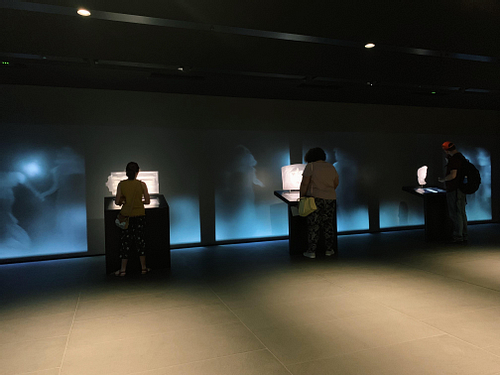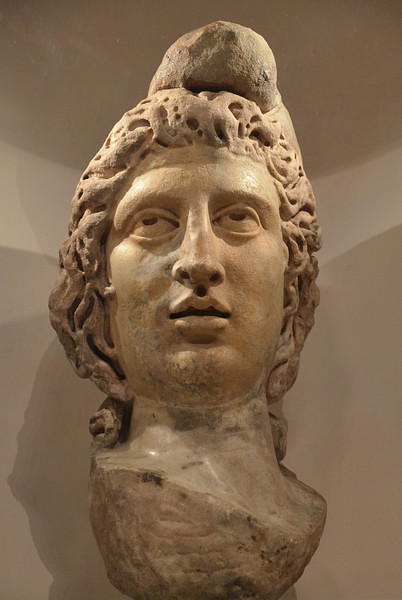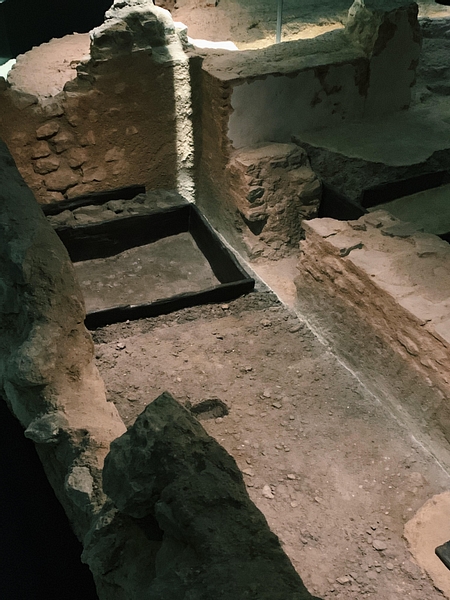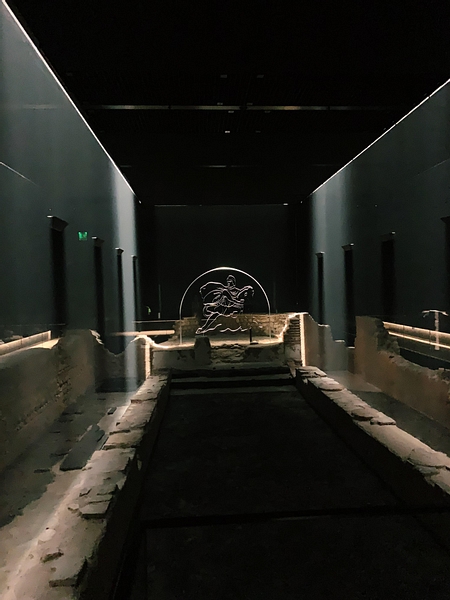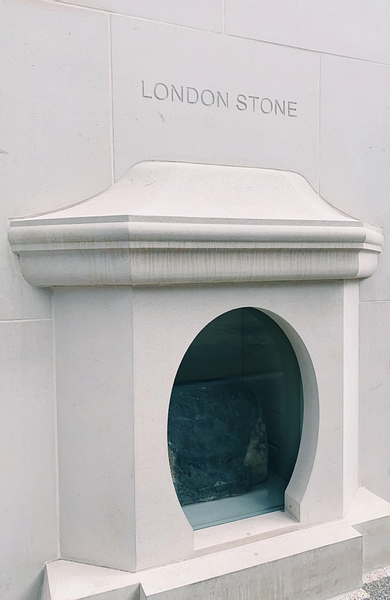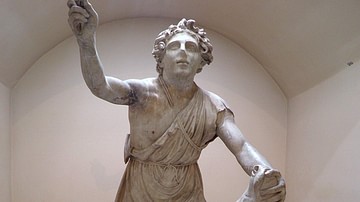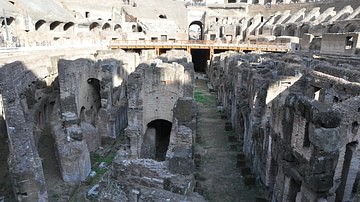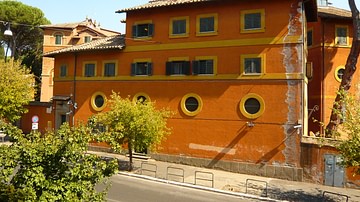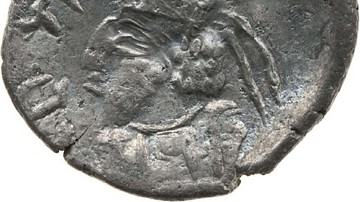London, the proud capital of the United Kingdom, is visited by millions of tourists every year and is famous for its rich history and historical landmarks. Magnificent castles, medieval prisons, art and history museums as well as countless opportunities for shopping and good food make visitors feel that there is always something new to explore - even if you stay for weeks. For many visitors to London, and the UK in general, the history of medieval kings and queens are of particular interest, and the Tower of London is a must-visit for every first-timer in London. However, the city of London has a much more ancient origin, stretching back centuries before Henry VIII and his six wives, and traces of this forgotten world can still be seen in several places in the city. In this article, we will explore the ancient underground temple known as the London Mithraeum.
Londinium, as the city was called in ancient times, was founded by the Romans after they conquered the island in 43 CE and became one of the most important towns in Roman Britain. One of the best-preserved sites from this time is the London Mithraeum, an underground temple dedicated to Mithras, a divinity brought to Britain through the Roman world from the easternmost part of the empire. The Temple of Mithras is located in the heart of the City of London, in a museum called Bloomberg SPACE, which is in the building housing Bloomberg’s European headquarters.
Londinium & Mithraism
After the Roman emperor Claudius (r. 41- 54 CE) and his legions conquered the part of the British Isles now known as England, a settlement called Londinium was established along the shores of the River Thames, as well as a bridge giving access from the land to the south of the river. The settlement expanded rapidly from the late part of the 1st century CE and became the biggest city in Roman Britain and an important commercial port. During the Roman period (up to the 5th century CE) a lot of changes took place in British society and culture including engineering and architecture, politics, trade and religion and spiritual practice. The change in religious practice included adaptations of new gods and goddesses included in the Roman pantheon, but also other divinities from other parts of the empire. Of these, archaeologists have found remains of a temple dedicated to Isis, the Egyptian goddess and Mithras the Persian sun God and “Lord of Light”.
The cult of Mithras first appeared in Rome during the 1st century CE and spread throughout the empire. To modern scholars, the cult is still steeped in mystery as very few written records of the faith and procedures are available. What is known is a patchwork of archaeological finds and some writings by Christian writers.
The cult of Mithras was the most prominent of the new oriental religious movements to be established in Britain during the Roman era, and Mithraea (sanctuaries to Mithras) have been found in London, Carrawburgh, Inveresk, Caerleon, and Segontium. The cult, for males only, originated in Persia and involved the worship of the sun-god Mithras. Mithraism was an exclusive cult where the members had to possess the same qualities as Mithras of physical stamina and endurance, and it seems also that the members were mainly from the higher ranks of society; army officers and rich merchants. It is also believed that the members of the cult were concerned with astrology, and idols and figures of the different zodiac signs are found in the mithraeums. Mithras legacy was that he wrestled the great divine bull. He was sent by the Iranian creator-god Ahura Mazada to slay the bull in a cave, and succeeding in doing so Mithras, with the help of the bull’s blood, revitalized the earth and humankind.
In the first centuries CE Mithraism was, by Roman Christians, seen as a dangerous competitor, as they were both monotheistic religions celebrating the sun/son sent by the creator God to bring salvation and guide and teach people the right path. However, there was one distinct difference - Mithraism was a dualistic religion, and while some Christian sects, such as the Gnostics, were also dualistic, the Roman church that triumphed as the “victorious” church was strictly monotheistic where no evil god was equally powerful and independent as the creator god. Mithras was the god of light, but he also encompassed some of the darkness of the universe in him.
Mithras was, for example, born in a dark subterranean cave, which is symbolized in many of the Mithraea that were sunken into the ground. In these subterranean temples, the sacred rites were held in darkness only lit by candlelight. The Mithraeum in London was built on the site where the museum now is, on the banks of the Walbrook river around 240 CE – and was abandoned sometime during the fall of the Roman Empire (5th century CE)
A Sacred Site Under the Bloomberg Building
The temple to Mithras in London is amongst the best-preserved in Britain, and the site is finally open to visitors after many years of conservation and research. The site was first discovered in the 1954 CE during digging and conservation work done on a building bombed during WWII. Parts of the temple and artefacts have been on display previously, but now the majority of the remains and objects are back in the original place and can be experienced as close as possible to how it must have been almost 2000 years ago.
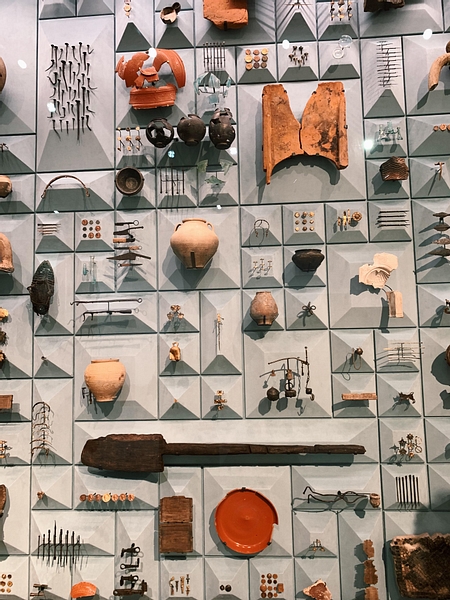
The museum is an inspirational concept where the owners of the overlying building have taken it upon them to preserve the site and make it accessible to the general public. This has led to the museum having free entry (although you have to book a time slot for entry) and a modern museum with the newest from visualization technology. A surprisingly well-working combination of ancient history, business and technology!
You enter the museum on the ground floor of the tall office building, and it feels more like you are about to enter a business meeting than a site buried in the ground for millennia. After entering the museum space, the first thing you can study is a wall exhibiting several Roman artefacts found on the site. Amongst these are pots, writing tablets - some of the oldest found in Britain, mosaics, coins and so on. You can learn more about the specific items and their history by making use of one of the many tablets available to visitors. Worksheets are also available for children, making this museum a fun experience for the whole family!
When you have studied the objects and learned a bit more about life in Roman Londinium, you walk down the steps and descend to the mid-level of the museum. Here you can learn more about the cult of Mithras by studying the reconstruction of three central objects from the site; a model of the Mithraeum ruins, the tauroctony and the head of Mithras.
The tauroctony depicts the scene where Mithras slays the bull and this is the central icon of the cult. In the scene, Mithras is turning his head away as he slays the bull, and scholars still debate whether the scene depicts a battle or a sacrifice. This scene and icon would have been an important part of the main altar of the Mithraeum - the original sculpture is now on display at the Museum of London.
The reconstruction of the head of Mithras is based on a sculpture found on the site in 1954 CE (now on display at the Museum of London). The head of the young god is believed to have been part of a larger sculpture depicting the bull-slaying scene. As in most imagery, Mithras wears his soft conical 'Phrygian cap', which originated in Phrygia (now Turkey).
Studying the model of the temple (the original is also at the Museum of London) created by an archaeologist during the excavation also brings more insight into the mystical site. The temple consisted of a central nave and side aisles, separated by seven pairs of columns. Some have suggested that the columns represent the seven grades of initiation into the cult: Raven, Male Bride, Soldier, Lion, Persian, Courier of the Sun and Father. At the end of the nave was the altar with the tauroctony icon. You can also see the outline of a well that was located in one of the side aisles. The well provided water for rituals and ceremonies and is one of the few surviving ceremonial features at the site.
Finally, it is time to visit the temple. When you are ready, the museum hosts will let you in in smaller groups every 20 minutes. Entering the temple, it is complete darkness. Then an interactive sequence begins to play, meant to stimulate your different senses to feel as though you have travelled 1800 years back in time. As the sequence begins the ritual greeting between the pater (father) and the cult members can be heard, while the light is gradually being turned on. In front of you, the ruins of the temple become increasingly more visible as you are left with the feeling of truly visiting a subterranean sacred temple.
When the sequence is finished you are free to walk around and explore the site and study the features you learned about previously in the museum. Little is known about the actual religious practice in the temple, but it most likely included votive offering, feasts, and purifying rituals. It is believed that the feasts and rituals were elaborate and some of the members might have worn special clothing and possibly masks. When standing in the temple only the imagination limits the visions of what rituals might have taken place here underground almost 2000 years ago.
The London Stone
After visiting the London Mithraeum, on your way to lunch or maybe a visit to the Tower of London, there is one more mysterious artefact you should see before leaving the area and one not so often visited by tourists. Just around the corner from the Bloomberg building, on Cannon Street, you can see the London Stone. The stone’s origin is unknown, but its importance as a landmark throughout London’s long history is almost incomparable, especially when thinking about the simplicity of the stone. Historians and scientists alike have failed to trace the stone's original purpose, but a myriad of legends are connected with this oolitic limestone - amongst others that its “survival” and protection is crucial for the continued existence of the city itself.

